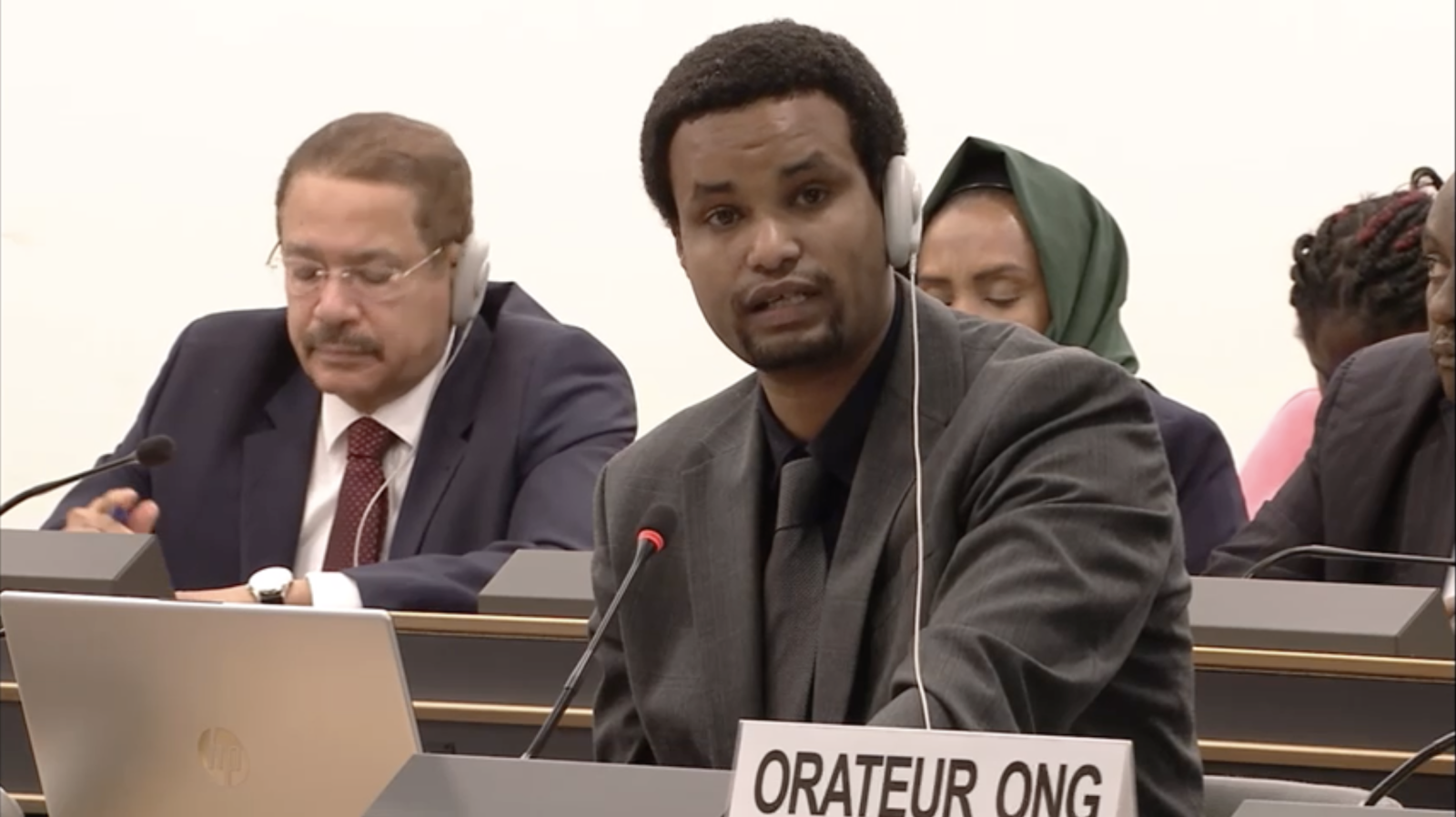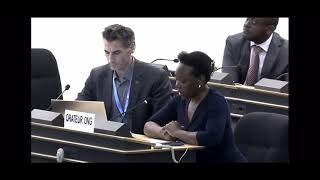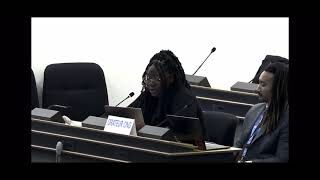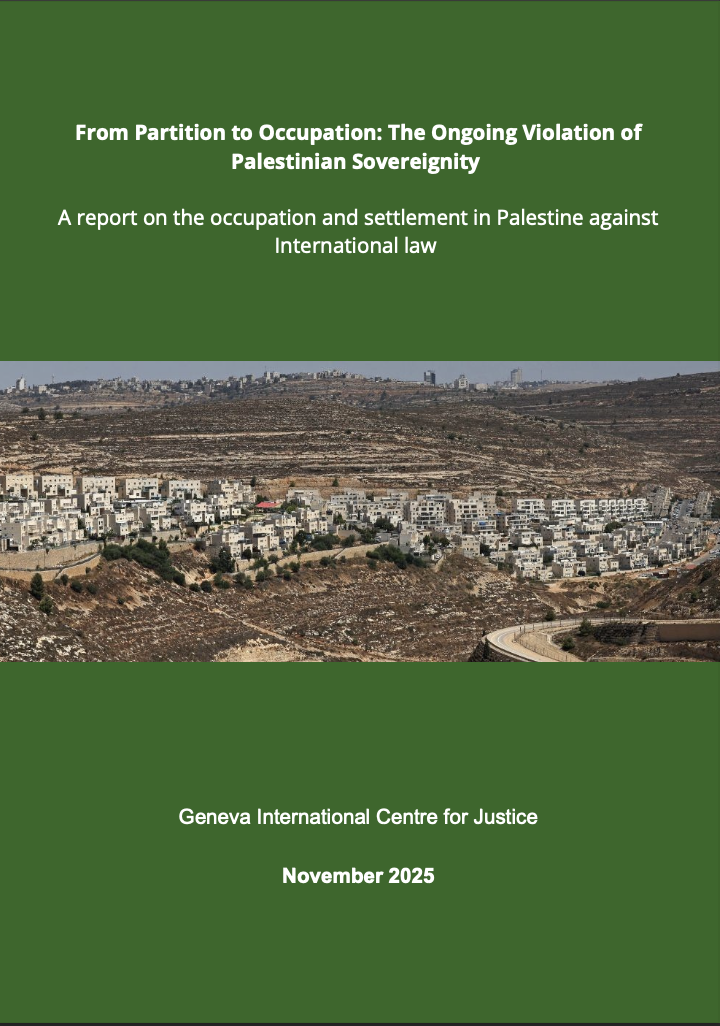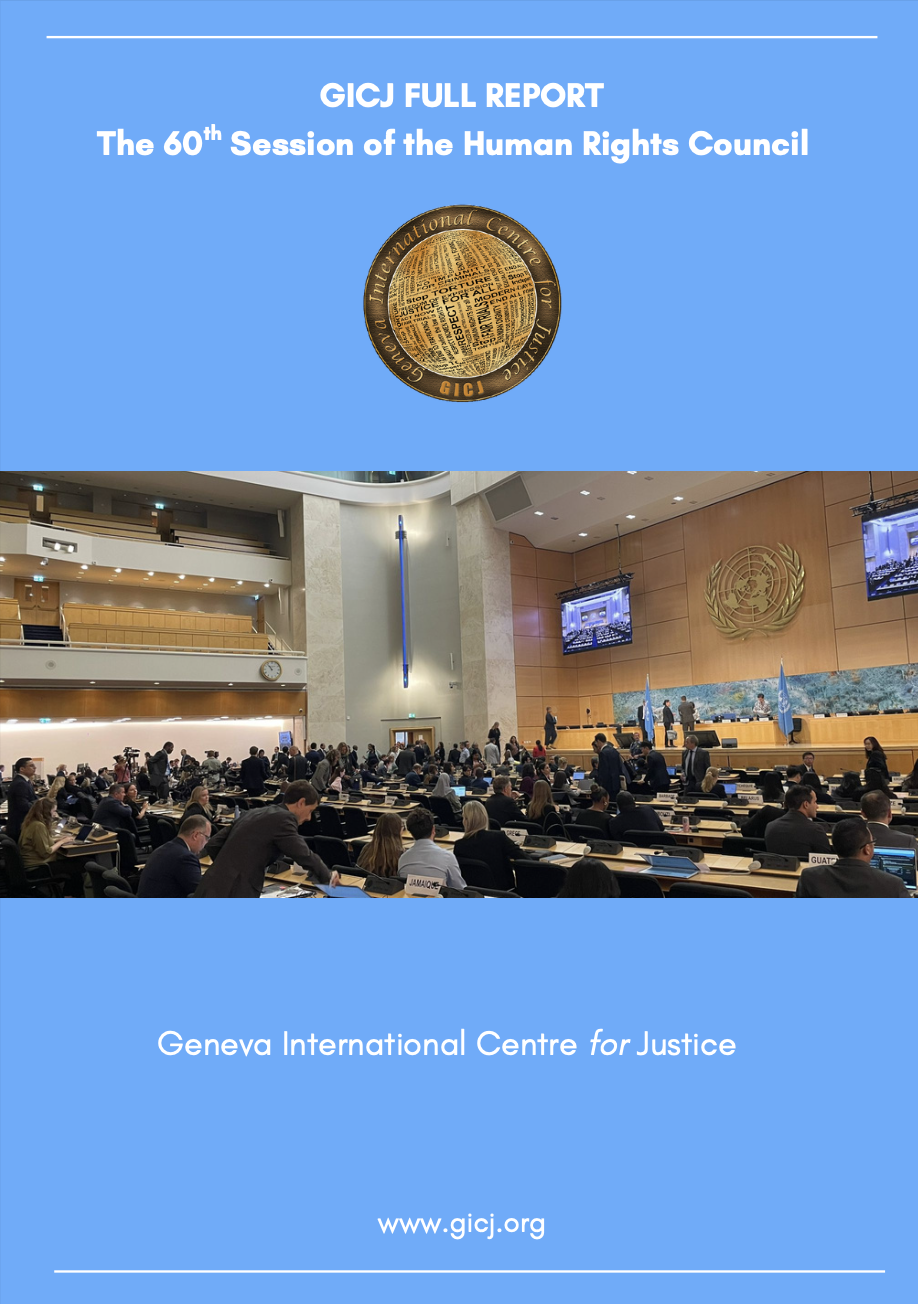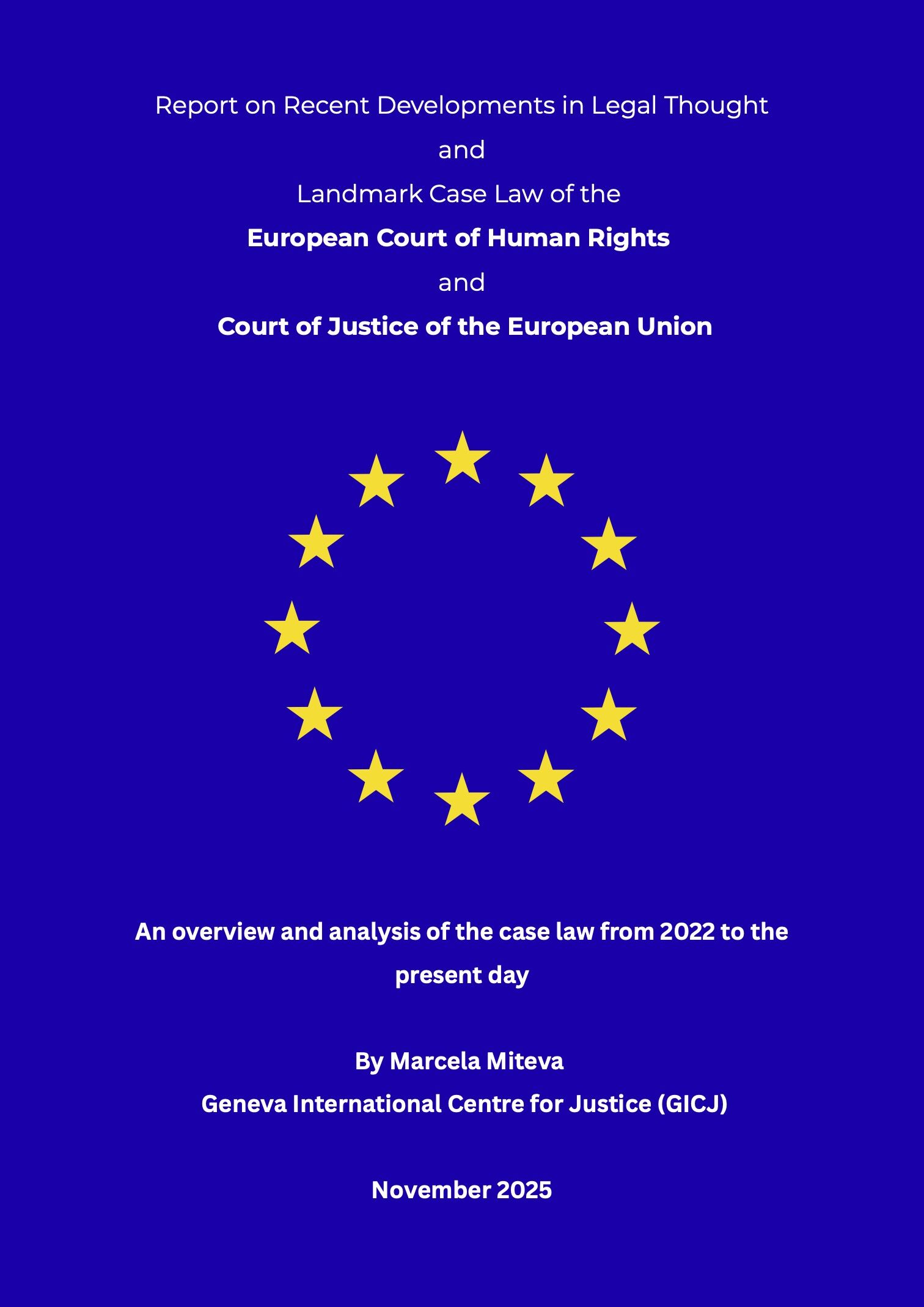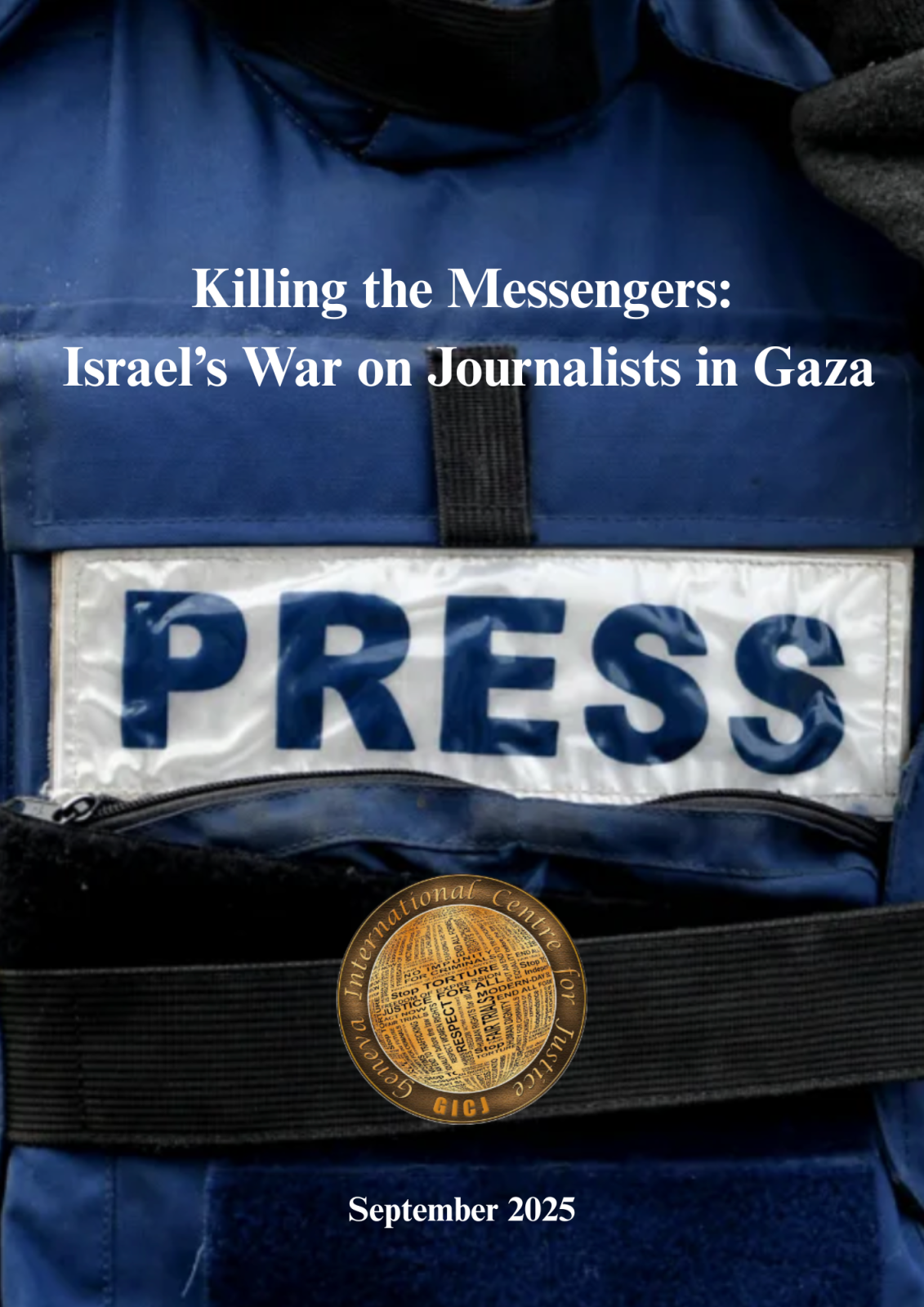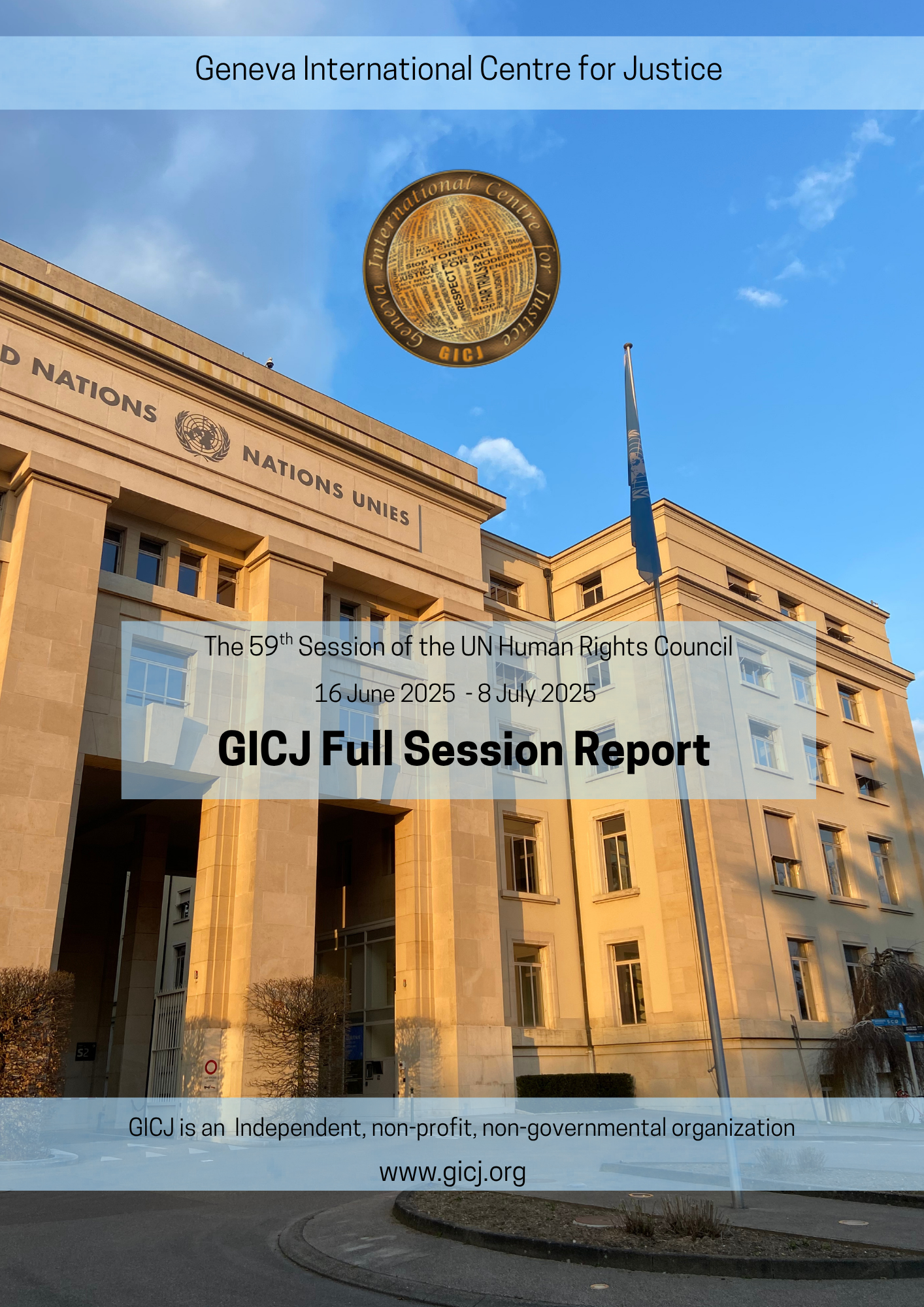May 21st

Claudia González / GICJ
The World Day for Cultural Diversity for Dialogue and Development, held every May 21, seeks to enhance global recognition and awareness of the opportunities that cultural diversity offers, and intends to “advance the four goals of the UNESCO Convention on the Protection and Promotion of the Diversity of Cultural Expressions, which include (1) supporting sustainable systems of governance for culture, (2) achieving a balanced flow of goods and services and increase mobility of artists and cultural professionals, (3) integrating culture in sustainable development frameworks, and (4) promoting human rights and fundamental freedoms[1].
The Day was established under resolution 57/249, which was adopted in 2002 by the UN General Assembly following the adoption in 2001 of the Universal Declaration on Cultural Diversity, which “recognized the need to enhance the potential of culture as a means of achieving prosperity, sustainable development and global peaceful coexistence”[2]. Both the 2005 UNESCO Convention on the Protection and Promotion of the Diversity of Cultural Expressions and the 2015 UN General Assembly resolution on Culture and Sustainable Development have also been significant milestones in the establishment of international frameworks around cultural diversity. Among other things, the former reaffirms that protecting cultural diversity is key for sustainable development and underscores the need to include it in development policies[3]. Similarly, the latter stresses the role culture plays in the economic, social and environmental dimensions of development, and acknowledges that cultures “can contribute to, and are enablers of, sustainable development”[4].
Cultural Diversity: Why is it Important?
Promoting and protecting cultural diversity has become essential for many reasons. On the one hand, most of the conflicts in the world today have a cultural component[5]. In this context, promoting diversity and mutual understanding between cultures is key in order to advance peace and stability and prevent conflicts both within and between countries. Additionally, cultural diversity is a key driver of sustainable development. As noted in the 2009 UNESCO report Investing in Cultural Diversity and Intercultural Dialogue, “a sustainable development strategy cannot be culturally neutral”[6]. Instead, is has to be designed and developed around the specific cultural paradigms and standards of the society or group at hand. Taking into account the cultural environment and involving communities in the definition and implementation of development policies is crucial to “[address] the interlinked economic, social and environmental problems confronting the planet as a whole”[7]. Moreover, putting culture at the center of such policies “is the only way to ensure a human-centered, inclusive and equitable development”[8].
Cultural diversity has also become a central element in addressing current environmental challenges and promoting sustainability. Culture determines consumption patterns and defines the relationship communities and people have with nature[11], which makes it intrinsically relevant for environmental sustainability policies. Additionally, “environmental management skills embedded in local, rural or indigenous knowledge”[12] can play a critical role in defining strategies to combat current environmental challenges, which is a clear attestation of the opportunities that cultural diversity can bring in the field of environmental sustainability.
Cultural Diversity and the Sustainable Development Goals (SDGs)
For the first time, the Sustainable Development Goals (SDGs) recognize the key role that culture and cultural diversity play in advancing development, stimulating economic growth and promoting inclusion[13]. As UNESCO has noted, although there is no one goal fully focused on culture or cultural diversity, they could all be better accomplished “by drawing upon the creative potential of the world’s diverse cultures and engaging in continuous dialogue”[14].
Goal 16, for instance, which focuses on peace and justice, can be advanced by promoting tolerance, respect for diversity and mutual understanding between cultures, which will contribute to the prevention of conflict as well as to generating more conductive environments for peace. Similarly, Goal 13, which is focused on climate action, is very much related to cultural diversity, not only because climate change constitutes one of its most significant threats but also because, as mentioned earlier, cultural diversity facilitates exchanges between communities whose skills, knowledge and ways of life can prove essential to combat environmental challenges. Other goals make explicit references to culture and cultural diversity. This is the case of Goal 4, which mentions the need to “ensure that all learners acquire the knowledge and skills to promote sustainable development, including […] through […] appreciation of cultural diversity and of culture’s contribution to sustainable development”[15]. Several cities, including Patras (Greece), Limassol (Cyprus) or Donostia/San Sebastián (Spain) have taken positive steps in this direction by introducing an intercultural approach to their educational programs within the “Intercultural Cities Program” of the Council of Europe[16].
The Key Role of Intercultural Dialogue
Intercultural dialogue is essential for cultural diversity and vice-versa[17]. It plays a key role in overcoming cultural differences and it is crucial for the promotion and advancement of peace and sustainable development[18]. Additionally, intercultural dialogue is a key instrument for the promotion of coexistence and mutual respect, and is one of the main drivers of social cohesion, which, in turn, contributes to the prevention of conflicts, helps overcome “identity-based tensions”[19] within and between communities and plays a key role in dismantling cultural stereotypes. Promoting dialogue, therefore, is essential in the current culturally diverse and increasingly globalized world. Doing so requires supporting local, national and international initiatives aimed at advancing dialogue between communities and “ensuring the full involvement of new partners, especially women and young people” [20].
Cultural Diversity and Human Rights
The subject of cultural diversity and human rights has generated a lot of debate around universalism and cultural relativism. Universalism corresponds to the idea that “human rights should be universally enjoyed”[21] and the premise that “by virtue of being human, every individual is entitled to inalienable rights and freedoms”[22]. Cultural relativism, in turn, is based on the idea that the world is culturally diverse and therefore, “there are no universal human values”[23]. Cultural diversity and universal human rights, however, are not mutually exclusive[24]. As specified in the Fribourg Declaration on Cultural Rights (2007), it is essential to “tak[e] into account the cultural dimensions of all human rights in order to enhance universality through diversity and to encourage the appropriation of these rights by all persons”[25]. Cultural diversity, therefore, is a “key lever for strengthening the consensus on the universal foundation of human rights”[26].
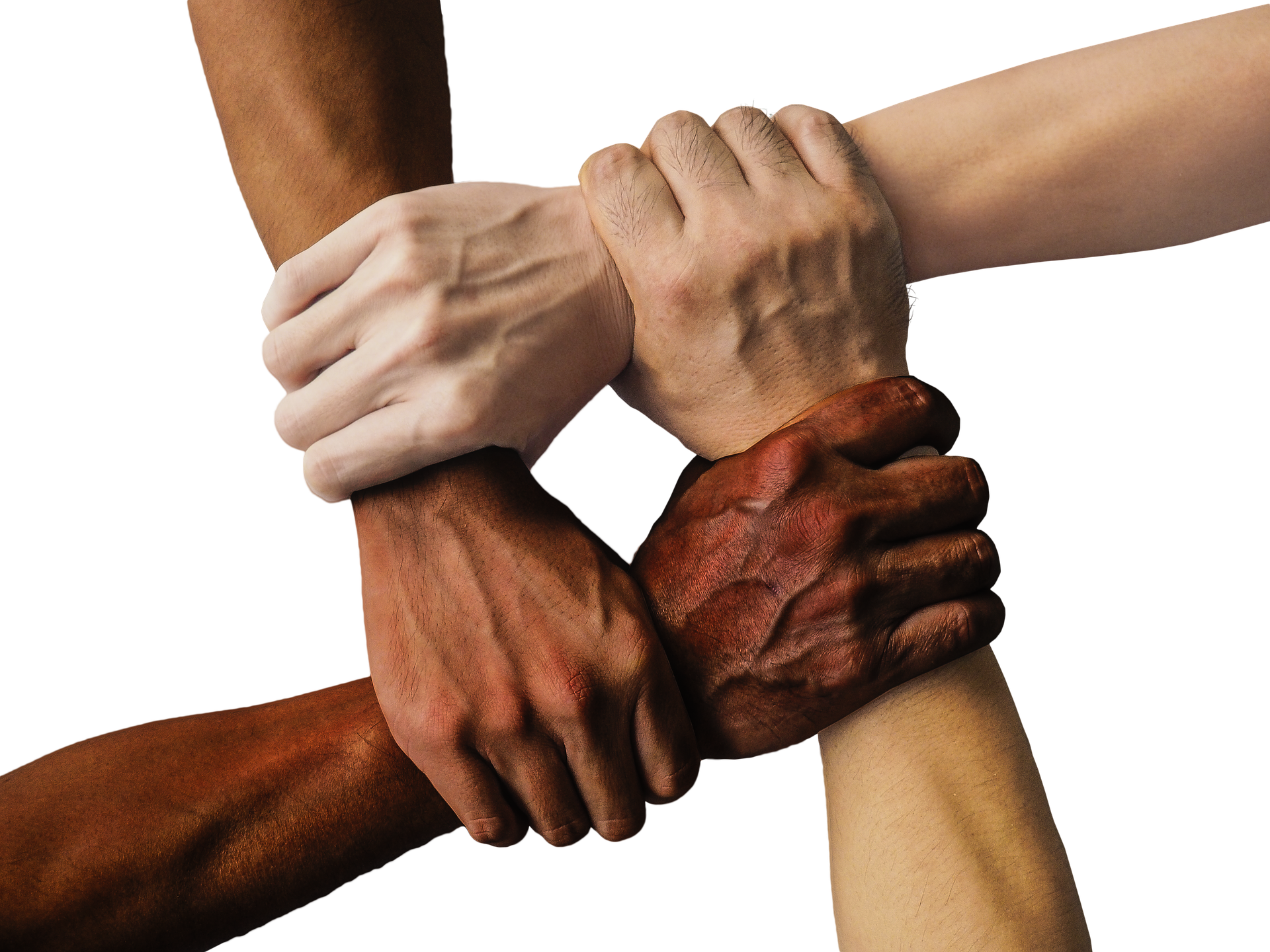
Cultural diversity certainly plays an important role in the implementation of all human rights, as many of them involve cultural factors. As recognized by the Committee on Social, Economic and Cultural Rights, for instance, the rights to housing and health have important cultural implications[27]. With regards to the former, the Committee has recognized that adequate housing entails that “the way housing is constructed, the building materials used and the policies supporting these must appropriately enable the expression of cultural identity and diversity of housing”[28]. Similarly, with regards to the right to health, the Committee has noted that “all health facilities, goods and services must be […] culturally appropriate, i.e. respectful of the culture of individuals, minorities, peoples and communities”[29]. Culture and cultural diversity, therefore play a prominent role in the optimal exercise of human rights as a whole.
Xenophobia and Intolerance
Discrimination, hate speech, xenophobia, and intolerance are increasing and reaching worrying levels all around the world. Europe, for instance, has experienced a significant spread of far-right movements that employ xenophobic discourses based on hate. Migrants continue to be the target of a great deal of racism and intolerance across the globe. They continue to be discriminated against and are particularly vulnerable to violence and racism. Moreover, the Covid-19 pandemic has made things even worse, as it has further exacerbated intolerance especially against Asians, who have been victims of racist discourses and hate crimes. In this context, promoting cultural diversity and strengthening intercultural dialogue is as important as ever. Building bridges between communities and cultures, and fostering mutual respect and understanding are the best antidotes against racism and intolerance. Investing in such efforts, therefore, must be made a priority at all levels.
GICJ Position
Geneva International Centre for Justice (GICJ) calls on the international community to step up its efforts to promote cultural diversity, which offers numerous opportunities. Governments must recognize the essential role that diversity plays in fostering peace, development and environmental sustainability and must define and implement policies accordingly. Moreover, we call on all relevant stakeholders at the international, national and local levels to make intercultural dialogue a priority, which is particularly important as intolerance, racism and xenophobia continue to increase. May 21 is a perfect opportunity to reflect on the importance of preserving and promoting cultural diversity, and we encourage governments and civil society around the world to take concrete action and support initiatives that celebrate and seek to foster such diversity.
[1] United Nations, (no date), “World Day for Cultural Diversity for Dialogue and Development”, [Online] Available from: https://www.un.org/en/observances/cultural-diversity-day
[2] UNESCO, (no date), “World Day for Cultural Diversity for Dialogue and Development”, [Online] Available from: https://en.unesco.org/commemorations/culturaldiversityday
[3] UNESCO, Convention on the Protection and Promotion of the Diversity of Cultural Expressions, 20 October 2005, [Online] Available from: https://en.unesco.org/creativity/sites/creativity/files/passeport-convention2005-web2.pdf
[4] United Nations, (no date), “World Day for Cultural Diversity for Dialogue and Development”, [Online] Available from: https://www.un.org/en/observances/cultural-diversity-day
[5] Ibid.
[6] UNESCO, (2009), “Investing in Cultural Diversity and Intercultural Dialogue”, UNESCO World Report, [Online] Available from: https://unesdoc.unesco.org/ark:/48223/pf0000184755
[7] Ibid.
[8] UNESCO, (no date), “Culture: at the heart of SDGs”, The UNESCO Courier, e-ISSN 2220-2293, [Online] Available from: https://en.unesco.org/courier/april-june-2017/culture-heart-sdgs
[9] UNESCO, (2009), “Investing in Cultural Diversity and Intercultural Dialogue”, UNESCO World Report, [Online] Available from: https://unesdoc.unesco.org/ark:/48223/pf0000184755
[10] Ibid.
[11] Ibid.
[12] Ibid.
[13] UNESCO, (no date), “The IFC and the United Nations SDGs”, [Online] Available from: https://en.unesco.org/creativity/ifcd/what-is/sdgs
[14] UNESCO, (no date), “World Day for Cultural Diversity for Dialogue and Development”, [Online] Available from: https://en.unesco.org/commemorations/culturaldiversityday
[15] United Nations, (no date), “Sustainable Development Goals: Goal 4 - Quality Education”, [Online] Available from: https://www.un.org/sustainabledevelopment/education/
[16] UCLG, (2018), “Culture in the Sustainable Development Goals: A Guide for Local Action”, [Online] Available from: https://www.uclg.org/sites/default/files/culture_in_the_sdgs.pdf
[17] UNESCO, (2009), “Investing in Cultural Diversity and Intercultural Dialogue”, UNESCO World Report, [Online] Available from: https://unesdoc.unesco.org/ark:/48223/pf0000184755
[18] UNESCO, (no date), “World Day for Cultural Diversity for Dialogue and Development”, [Online] Available from: https://en.unesco.org/commemorations/culturaldiversityday
[19] GSDRC, (2009), “Intercultural Dialogue”, Library, [Online] Available from: https://gsdrc.org/document-library/intercultural-dialogue/
[20] UNESCO, (2009), “Investing in Cultural Diversity and Intercultural Dialogue”, UNESCO World Report, [Online] Available from: https://unesdoc.unesco.org/ark:/48223/pf0000184755
[21] Donders, Y. (2010), “Do cultural diversity and human rights make a good match?”, UNESCO, Blackwell Publishing Ltd., [Online] Available from: https://bit.ly/3edfSMY
[22] UNDP, (no date), “Universality and priorities”, [Online] Available from: http://www.hdr.undp.org/en/content/universality-and-priorities
[23] Donders, Y. (2010), “Do cultural diversity and human rights make a good match?”, UNESCO, Blackwell Publishing Ltd., [Online] Available from: https://bit.ly/3edfSMY
[24] UNESCO, (2009), “Investing in Cultural Diversity and Intercultural Dialogue”, UNESCO World Report, [Online] Available from: https://unesdoc.unesco.org/ark:/48223/pf0000184755
[25] Ibid.
[26] Ibid.
[27] Donders, Y. (2010), “Do cultural diversity and human rights make a good match?”, UNESCO, Blackwell Publishing Ltd., [Online] Available from: https://bit.ly/3edfSMY
[28] UN Committee on Economic, Social and Cultural Rights (CESR), General Comment No. 4: The Right to Adequate Housing (Art. 11(1) of the Covenant), 1991, E/1992/23, [Online] Available from: https://www.refworld.org/docid/47a7079a1.html
[29] UN Committee on Economic, Social and Cultural Rights (CESR), General Comment No. 14: The Right to the Highest Attainable Standard of Health (Art. 12 of the Covenant), 2000, E/C.12/2000/4, [Online] Available from: https://bit.ly/3thMppk




